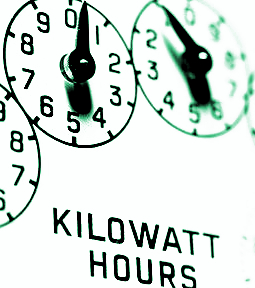Stats show bill drop
 Official stats show the average household electricity bill fell by $65 or 4 per cent last year.
Official stats show the average household electricity bill fell by $65 or 4 per cent last year.
The latest ACCC electricity markets report has found that while average household bills fell to $1509 in 2018–19, households were still paying about 20 per cent ($254) more than in 2007–08.
The average price for a unit of electricity drawn from the grid last year was about 45 per cent higher in real terms than it was a decade before.
“There is still work to be done to make electricity more affordable for households,” ACCC Chair Rod Sims said.
“We continue to seek action on our previous recommendations, which we believe will help drive bills down.”
He was referring to a 2018 report on the root causes of high electricity prices across the entire electricity supply chain, which made 56 recommendations detailing ways to fix the National Electricity Market.
The ACCC’s recommendations include:
- Abolishing the current retail ‘standing’ offers (which are not the same between retailers), and replacing them with a new ‘default’ offer consistent across all retailers, set at a price determined by the Australian Energy Regulator (AER)
- Requiring retailers to reference any discounts to the new ‘default’ offer pricing determined by the AER, making it easier for consumers to genuinely compare offers. Conditional discounts, such as pay-on-time discounts, must not be included in any headline discount claim
- A mandatory code for comparator websites be introduced so that offers are recommended based on customer benefit, not commissions paid
- Voluntary write downs of network overinvestment, including by the NSW, Queensland and Tasmanian governments (or equivalent rebates). This could save consumers in NSW, Queensland and Tasmania at least $100 per year
- Premium solar feed-in-tariff schemes should be funded by state governments and the small scale renewable energy scheme should be phased out, saving non-solar consumers $20-$90 per year
- Government support to make bankable new investment by new players in generation capacity to help commercial and industrial customers and drive competition
- Restructuring of Queensland generators into three separately owned portfolios to improve competition
- Limiting companies with 20 per cent or more market share from acquiring more generation capacity
- Improving the transparency of over-the-counter contract trading by requiring reporting of these trades to a central registry
- Improving the AER’s powers to investigate and address problems in the market and increasing penalties for serious wrongdoing







 Print
Print